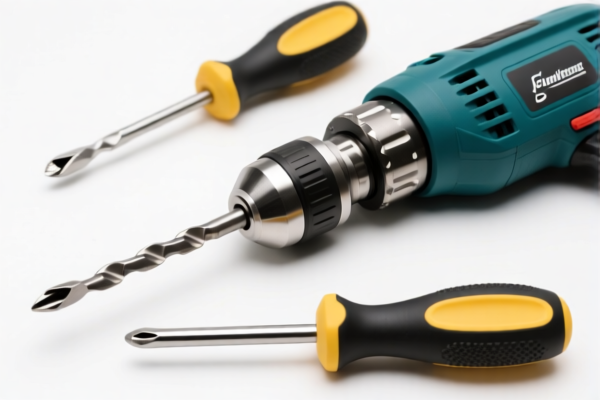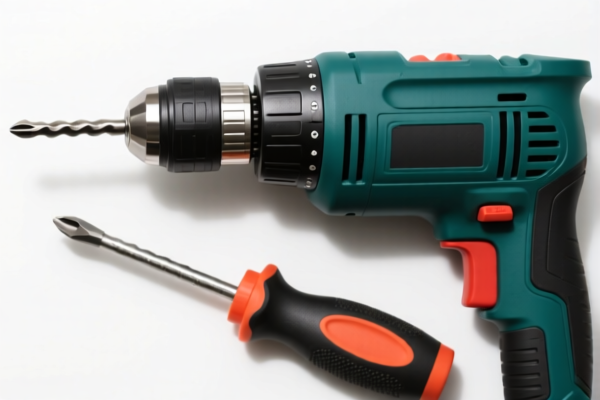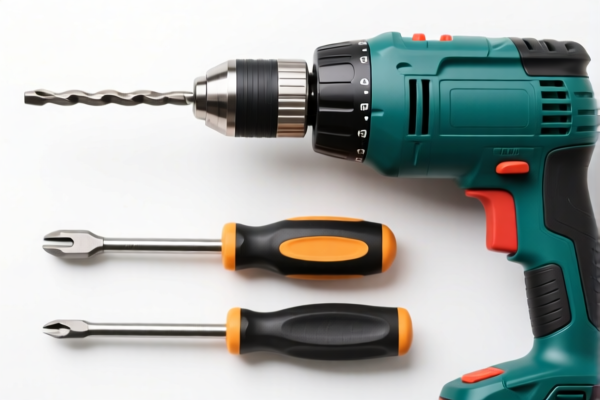| HS Code | Official Doc | Tariff Rate | Origin | Destination | Effective Date |
|---|---|---|---|---|---|
| 8204110030 | Doc | 64.0% | CN | US | 2025-05-12 |
| 8204110060 | Doc | 64.0% | CN | US | 2025-05-12 |




Mounting Tool
A mounting tool is a general term encompassing a wide range of implements used to securely attach objects to surfaces. These tools facilitate the installation of items ranging from pictures and shelves to televisions and complex machinery. The specific tool used depends heavily on the object being mounted, the surface it is being attached to, and the desired permanence of the installation.
Materials
Mounting tools are constructed from a variety of materials, selected for strength, durability, and compatibility with the mounting application. Common materials include:
- Steel: High strength, commonly used in heavy-duty brackets, anchors, and specialized tools. Often coated to resist corrosion.
- Aluminum: Lightweight and corrosion-resistant, suitable for applications where weight is a concern.
- Plastic: Used in lighter-duty applications, anchors for drywall, and components requiring electrical insulation.
- Wood: Traditional material for mounting, often used in conjunction with other tools and fasteners for decorative or structural purposes.
Purpose & Function
The primary purpose of a mounting tool is to provide a secure and stable connection between an object and a surface. This is achieved through various mechanisms:
- Fastening: Using screws, bolts, nails, or other fasteners to directly attach the object to the surface.
- Anchoring: Creating a secure point within the surface to receive a fastener, particularly in materials like drywall or concrete where fasteners alone won’t hold.
- Support: Providing a structural framework to bear the weight of the object, often used for heavier items.
- Leveling: Ensuring the object is horizontally or vertically aligned during installation.
Usage Scenarios
Mounting tools are employed in a vast array of applications:
- Home Decor: Hanging pictures, mirrors, shelves, curtains, and blinds.
- Electronics Installation: Mounting televisions, speakers, projectors, and network devices.
- Construction & Carpentry: Installing fixtures, cabinetry, and structural components.
- Automotive & Mechanical: Securing components within vehicles or machinery.
- Plumbing & Electrical: Mounting pipes, conduits, and electrical boxes.
Common Types
The specific type of mounting tool varies considerably. Some common examples include:
- Screwdrivers: Used to drive screws into various materials. Different types (Phillips, flathead, Torx) exist for different screw heads.
- Drills: Create holes for fasteners or anchors. Often used with drill bits specific to the material being drilled.
- Stud Finders: Locate studs within walls to provide secure mounting points for heavier objects.
- Levels: Ensure objects are horizontally or vertically aligned.
- Anchors: Provide secure mounting points in drywall, concrete, or other hollow materials. Types include:
- Drywall Anchors: Plastic or metal inserts that expand within the drywall to provide a secure grip.
- Concrete Anchors: Designed to be embedded in concrete, providing a strong and durable mounting point.
- Brackets: Provide support and stability for objects, often used for shelves, televisions, or other heavy items.
- Picture Hanging Hooks: Specialized hooks designed to securely hold pictures and artwork.
- Toggle Bolts: Used in hollow walls to provide a strong and secure mounting point.
- Wall Plates/Mounts: Specifically designed for mounting electronics, such as televisions or speakers.
- Clamps: Used to temporarily hold objects in place during installation.
Based on the provided information, “mounting tool” can be classified under the following HS codes:
-
8204110030: Hand-operated spanners and wrenches (including torque meter wrenches but not including tap wrenches); socket wrenches, with or without handles, drives or extensions; base metal parts thereof: Hand-operated spanners and wrenches, and parts thereof: Nonadjustable, and parts thereof Open-end, box and combination open-end and box wrenches. This code covers hand-operated tools used for tightening or loosening fasteners, which could be applicable for mounting applications.
- 82: Blades and tools, including cutlers’ cutlery, articles of cutlery, hand tools, pneumatic, hydraulic or with self-operating mechanisms, and articles of hardware.
- 04: Hand tools, pneumatic, hydraulic or with self-operating mechanisms, and articles of hardware.
- 110030: Specifically refers to non-adjustable hand-operated spanners and wrenches, including open-end, box, and combination wrenches.
-
8204110060: Hand-operated spanners and wrenches (including torque meter wrenches but not including tap wrenches); socket wrenches, with or without handles, drives or extensions; base metal parts thereof: Hand-operated spanners and wrenches, and parts thereof: Other (including parts). This code covers hand-operated spanners and wrenches not specifically classified elsewhere, including parts thereof.
- 82: Blades and tools, including cutlers’ cutlery, articles of cutlery, hand tools, pneumatic, hydraulic or with self-operating mechanisms, and articles of hardware.
- 04: Hand tools, pneumatic, hydraulic or with self-operating mechanisms, and articles of hardware.
- 110060: Specifically refers to other hand-operated spanners and wrenches, including parts.
According to the provided reference material, the HS code options related to 'mounting tool' are limited, with only the following 2 found.
Both HS codes have a:
- Basic tariff: 9.0%
- Additional tariff: 25.0%
- Additional tariff (after April 2, 2025): 30.0%
- Total tariff: 64.0%
Customer Reviews
No reviews yet.